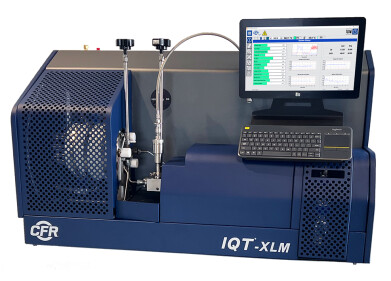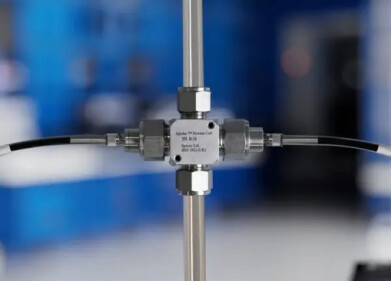Analytical Instrumentation
Selective Analysis of Trace Level Carbonyl Sulphide in Propylene by Gas Chromatography and Chemiluminescence as Alternative Detection for ASTM D5303
Jan 29 2018
In processes producing propylene, trace level carbonyl sulphide (COS) acts as a poison to commercial polymerisation catalysts, resulting in deactivation and costly process downtime. Standard methods like ASTM method D5303 addresses this analysis but is limited to the analysis of COS within the range of 0.5 to 4.0 ppm mass.
The determination of COS in propylene is the most challenging because COS is not separated from the propylene matrix. On many detectors, the COS response is heavily affected by the propylene matrix which results in erroneous results; particularly when going to the often-desired low levels of as low as 30 ppb Mol.
The PAC SeNse Chemiluminescence Detector is the most advanced GC Detector available for the selective determination of sulphur containing compounds in hydrocarbon matrices. The PAC COS in Propylene analyser not only overcomes the analytical challenge of COS/Propylene coelution by unmatched selectivity, but also addresses the desired detection levels. Its performance exceeds ASTM D5303 requirements, providing accurate and repeatable data down to 30 ppb Mol.
Digital Edition
PIN 25.5 Oct/Nov 2024
November 2024
Analytical Instrumentation - Picturing Viscosity – How Can a Viscometer or a Rheometer Benefit You? - Sustainable Grease Formulations: Evaluating Key Performance Parameters and Testing Method...
View all digital editions
Events
Dec 03 2024 Dusseldorf, Germany
Dec 08 2024 Anaheim, CA, USA
Turkey & Black Sea Oil and Gas
Dec 11 2024 Istanbul, Turkey
Dec 19 2024 Aurangabad, India
Jan 20 2025 San Diego, CA, USA



















